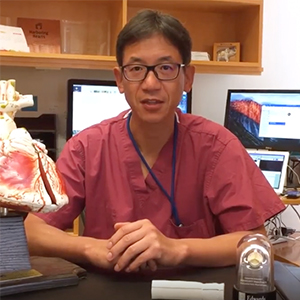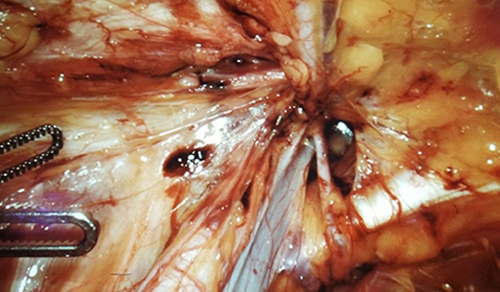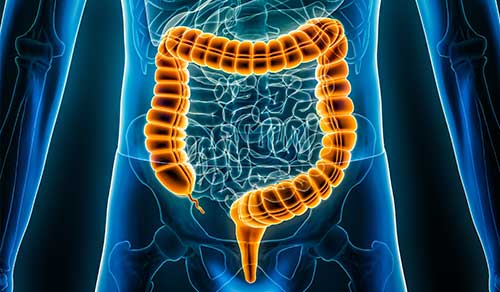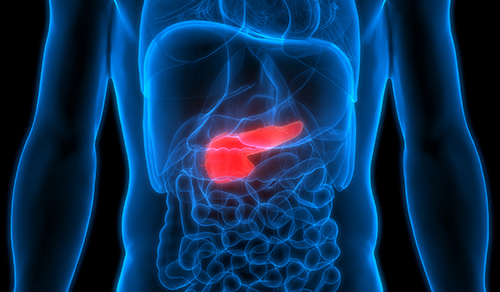Aortic Valve Regurgitation: Why Surgical Management Remains in Vogue
Dr. Hiroo Takayama
While patients with aortic stenosis can now largely be treated with transcatheter interventions, surgery remains the gold standard for those with aortic valve regurgitation or insufficiency. Hiroo Takayama, MD, PhD, Chief of Adult Cardiac Surgery at NewYork-Presbyterian/
“Most importantly, we should recognize that aortic regurgitation can now be treated with aortic valve repair instead of replacement, just like mitral regurgitation can be treated with repair. There are basically two types of surgical techniques we use for aortic insufficiency – the isolated leaflet repair and valve sparing aortic root replacement,” says Dr. Takayama. “Isolated leaflet repair is reserved for patients with a leaky valve but who do not have a concomitant aortic aneurysm. Valve sparing aortic root replacement is used when aortic insufficiency is accompanied by an aortic aneurysm.”
“If the patient does not have an aneurysm, there is no reason to touch the aorta,” notes Dr. Takayama. “We simply repair the aortic valve. For this, one of the techniques we use is the HAART™ aortic device, which involves a three-dimensional structural ring that we suture in underneath the valve leaflets. It is a novel technique that enables us to better manage the isolated aortic insufficiency and restore normal annular anatomy, which results in a more durable valve repair.”
Dr. Takayama performs surgery using the HAART ring on a 22-year-old male with bicuspid valve with a moderate to severe aortic insufficiency and root aneurysm.
“Before the availability of the ring, bicuspid valve cases were particularly challenging,” adds Dr. Takayama. “The bicuspid ring line of plastic is a simple and reproducible adjunct to bicuspid repair that eliminates deep, external root dissection. When coupled with a root remodeling technique for proximal aortic aneurysm, we can more easily address anatomic variations.”
An In-Depth Look at Outcomes
“A large fraction of our patients presents with aortic insufficiency with an aortic aneurysm,” says Dr. Takayama. “These patients previously would receive a prosthetic valve along with undergoing a replacement of the aortic root. Now, we spare the valve, replacing only the aortic root and sewing the original valve back into the graft. By doing that, we restructure the anatomy of the valve to repair the leak. We have been performing this operation for some time with remarkable long-term outcomes and a very low in-hospital mortality rate. Many of these patients are young and otherwise healthy.”
Dr. Takayama and his Columbia colleagues recently undertook a study to evaluate clinical outcomes in patients undergoing two established procedures for aortic root aneurysm performed at NewYork-Presbyterian/Columbia: valve-sparing root replacement (VSRR) and the bioprosthetic Bentall (bio-Bentall) procedure. While both procedures are routinely used, studies comparing the two were limited by their scope, the follow-up interval, and a patient population with a mixture of mechanical and bioprosthetic valves. The Columbia team notes, “Among the current literature comparing VSRR and the Bentall procedure, the present study is unique in that it is a large series comparing VSRR to only bio-Bentall using inverse propensity weighting.”
The study by Columbia faculty involved a retrospective review of 796 patients who underwent aortic root replacement for aortic aneurysm with either bio-Bentall or VSRR between March 2005 through October 2019. The research team used inverse probability of treatment weighting (IPTW) to balance clinical variables between the two groups, resulting in a sample size of 329 for VSRR and 420.7 for bio-Bentall.
Their findings, published in the June 8, 2021, issue of The Annals of Thoracic Surgery, showed that VSRR and bio-Bentall had similar excellent survival and freedom from aortic reintervention rates up to 10 years. Specifically:
- 10-year survival for VSRR was 87 percent and 92.7 percent for bio-Bentall
- Cumulative incidence of aortic valve reintervention was 5.9 percent for VSRR and 10.6 percent for bio-Bentall
- Age at operation and bicuspid aortic valve were independently associated with aortic valve reintervention
- For patients aged 50 years or younger, the cumulative incidence of aortic valve reintervention was 16.2 percent for VSRR and 17.8 percent for bio-Bentall
In the study just discussed, the Columbia authors noted that a durable valve solution for young patients with bicuspid aortic valve (BAV) remains a challenge – one that is quite familiar to Dr. Takayama, who sees quite a few patients with bicuspid aortic valves in his practice.
“The David V valve sparing root replacement and bio-Bentall procedures are increasingly performed for aortic root aneurysms associated with a bicuspid aortic valve, but not without concerns related to durability, anatomical heterogeneity, and the likelihood of needing a primary cusp repair,” notes Dr. Takayama.
In an offshoot of the larger study comparing VSRR to bio-Bentall, Dr. Takayama and his colleagues extracted the records of 134 patients with a BAV-associated root aneurysm who underwent VSRR and bio-Bentall between 2005 and 2019. Their goals were the same: to compare 10-year survival, degree of residual aortic insufficiency, and freedom from aortic valve reintervention between the two procedures.
This substudy was the first to directly compare VSRR to bio-Bentall for potentially sparing the bicuspid aortic valve when a root aneurysm is present. Findings, published in the December 2021 issue of Seminars in Thoracic and Cardiovascular Surgery, demonstrated:
- Both VSRR and bio-Bentall yielded similarly excellent short- and long-term overall survival
- Both procedures had close to a 15 percent incidence of aortic valve reintervention rate at 10 years
- In younger patients less than 50 years old, aortic valve deterioration occurred in approximately 30 percent at 10 years after both procedures
“Overall, our study suggests that VSRR and bio-Bentall yield similar outcomes for selected patients with a BAV-associated aortic root aneurysm who wish to avoid lifelong anticoagulation and other known complications associated with prosthetic valves,” note the authors.
Approximately one percent of the general population is born with bicuspid aortic valve. As these patients represent a unique population, Dr. Takayama and his surgical colleagues have established a bicuspid consortium in collaboration with Columbia’s adult congenital cardiac specialists, Marlon S. Rosenbaum, MD, Director of the Schneeweiss Adult Congenital Heart Center, and Matthew J. Lewis, MD, MPH, Director of the Adult Congenital Heart Disease Research Program, to optimize surgical and medical management of these patients.
Read More
Assessment of long-term outcomes: aortic valve reimplantation versus aortic valve and root replacement with biological valved conduit in aortic root aneurysm with tricuspid valve. Yamabe T, Zhao Y, Kurlansky PA, Nitta S, Borger MA, George I, Smith CR, Takayama H. European Journal of Cardiothoracic Surgery. 2021 Apr 13;59(3):658-665.
Valve-Sparing Root Replacement Versus Bio-Bentall: Inverse Propensity Weighting of 796 Patients. Bethancourt CN, Blitzer D, Yamabe T, Zhao Y, Nguyen S, Nitta S, Kelebeyev S, Borger MA, Kurlansky PA, George I, Smith C, Takayama H. The Annals of Thoracic Surgery. 2021 Jun 8:S0003-4975(21)01002-X.
Bicuspid-Associated Aortic Root Aneurysm: Mid to Long-Term Outcomes of David V Versus the Bio-Bentall Procedure. Nguyen SN, Yamabe T, Zhao Y, Kurlansky PA, George I, Smith CR, Takayama H. Seminars in Thoracic and Cardiovascular Surgery. 2021 December;33(4):933-943.









